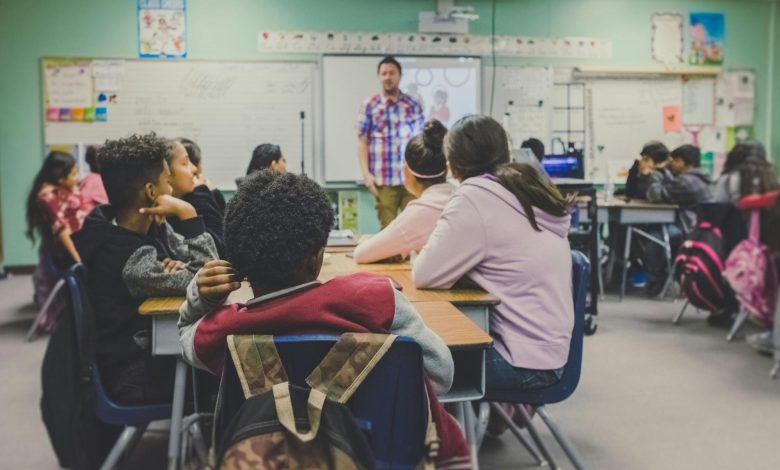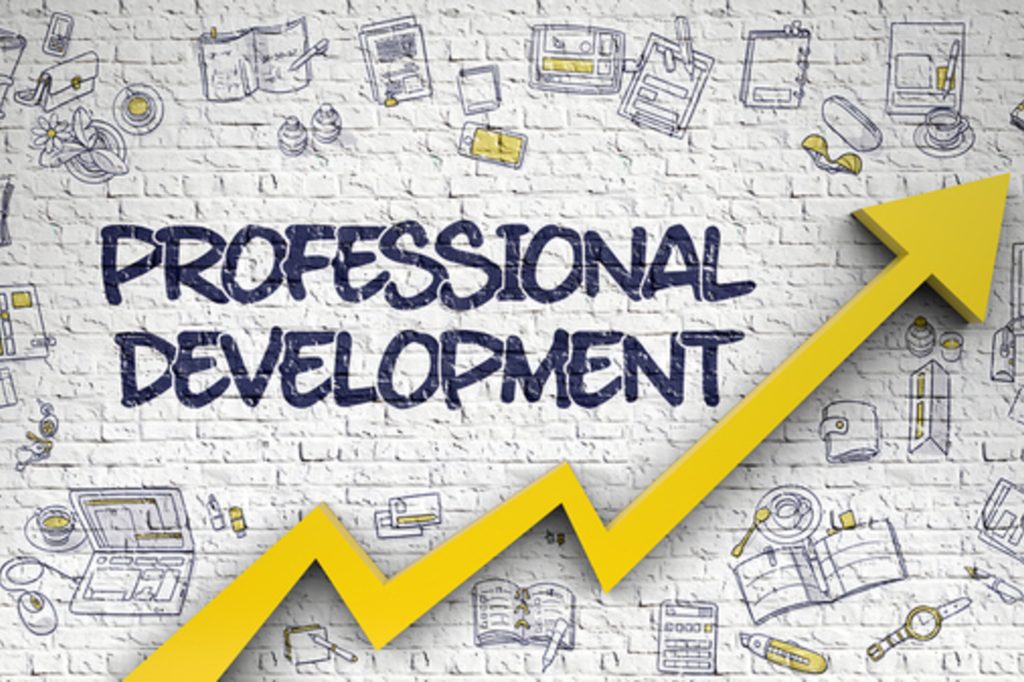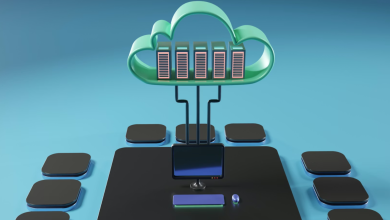
https://unsplash.com/photos/man-and-woman-sitting-on-chairs-zFSo6bnZJTw
Schools across the United States are trying to understand how artificial intelligence fits into teaching, learning, and the day-to-day operations that keep classrooms running.
Even though AI has been around for a long time in search engines, writing tools, scheduling systems, and accessibility features, the conversation has finally reached a point where education leaders can no longer delay building a thoughtful plan.
Students already have access. Teachers are already experimenting. And entire districts are trying to balance safety, privacy, and responsible use without holding back innovation.
This is why a clear framework for responsible AI use is becoming essential. It guides policy, strengthens professional learning, and supports the ongoing improvements needed to transform teaching in real and meaningful ways.
Creating Clarity And Guardrails
The first step in building a responsible AI framework is making sure schools have guidance that addresses the reality teachers and students are already living in.
AI isn’t something waiting in the future. It’s woven into tools students use every day, anything from writing assistants to automated email features and embedded algorithms in learning apps.
Because of that, districts need clear policies outlining what responsible use actually looks like. They also need to explicitly define prohibited uses, especially in areas tied to academic integrity, grading, and any task that requires human judgment.
This is also the place where administrators can recommend tools, including safeguards like a ChatGPT checker that helps students understand the importance of original work.
Well-written policies don’t shut down exploration. They create confidence by offering guidance on privacy, security, and ethical use so innovation can happen safely.
Organizational Learning and Support
While policies create the guardrails, true progress comes from helping educators learn how to use AI with skill and purpose.
Across the country, teachers are already experimenting with AI-powered lesson adjustments, small-group planning, and time-saving strategies for communication or administrative work.
Instead of letting this happen in isolated pockets, school systems should document what is working, identify what isn’t, and bring these experiences together so the entire district learns collectively.
This includes professional development that goes beyond classroom instruction and examines how AI impacts operations, data management, and collaboration across departments.
When states take this systemwide approach, they avoid uneven adoption where only certain classrooms benefit. Instead, they build strong, knowledgeable learning organizations that understand AI as a tool, not a shortcut.
And by supporting ongoing reflection, they help educators stay grounded, informed, and empowered.
Improvement And Transformation
AI can absolutely enhance teaching and learning, but those benefits never come automatically. They rely on an iterative process of introducing tools, evaluating their impact, adjusting strategies, and scaling what truly works. This cycle takes patience and clarity.
For example, if AI streamlines lesson planning, schools still need to account for the professional development required to use it effectively. If a tool promises personalized learning, leaders must review how it affects equity, access, and instructional quality across different student groups.
This phase of the framework accepts that AI brings both opportunities and challenges. Responsible practice means embracing a continuous cycle of improvement rather than looking for a single transformative moment.
Schools that adopt this mindset make better decisions, respond more quickly to concerns, and create learning environments where AI supports, but never replaces, human expertise.
Building AI Literacy For Students And Staff
A responsible AI framework depends on shared understanding. Students and educators need a practical level of AI literacy that helps them recognize both the possibilities and the risks.
This doesn’t mean turning everyone into a programmer. It means teaching the basics: what AI can do, what its limitations are, how bias forms, how data is handled, and when human judgment must remain central.
In classrooms, this literacy helps students avoid overreliance on technology and use AI for learning rather than shortcuts. For teachers, it helps them identify the best instructional use cases while maintaining academic integrity.
States can integrate AI literacy into staff training, student curriculum, family communication, and digital citizenship initiatives. The more awareness schools build, the more confidently they can guide responsible use that aligns with safety, privacy, and long-term learning goals.
Ethical Decision-Making As A Daily Practice
AI in education is not just a technical issue. It is an ethical one.
Every decision about AI use shapes how students learn, how data is collected, and the level of trust families place in the school system. This is why ethical decision-making must become part of the daily culture, not an occasional discussion.
Teachers need space to ask questions about fairness, transparency, and human oversight. Administrators should evaluate tools based on more than convenience. And districts must ensure AI never replaces human relationships or widens existing inequalities.
When ethical thinking becomes routine, schools create environments where innovation happens with accountability. They stay grounded in their mission to protect students, support educators, and make choices that lead to long-term, meaningful gains, not just short-term efficiency.
Aligning AI Use With Equity And Access
One of the most important responsibilities of any AI framework is ensuring that technology strengthens equity rather than deepening divides.
If AI tools and digital infrastructures are introduced inconsistently or without thoughtful planning, students in different schools, or even different classrooms, might have vastly different experiences and opportunities. This is why districts need a systemwide strategy that looks closely at access, training, and support.
This means making sure all teachers receive guidance, not just those who seek it out. It means reviewing how AI-powered platforms handle diverse learners. And it means checking that data policies protect every student equally.
When schools build equity into every stage of AI adoption, they avoid the unintended consequences that can arise when innovation spreads unevenly. Instead, they create learning environments where every student benefits from responsible, consistent, and well-supported AI integration.
Evaluating AI Tools Before Adoption
Before any new AI tool enters the classroom, districts should have a clear evaluation process. This ensures that the technology meets safety standards, supports instructional goals, and aligns with the broader framework guiding AI use.
Evaluation should include reviewing data security practices, understanding how the tool handles student information, checking for potential bias in its outputs, and determining whether the tool is appropriate for the age group and learning context.
Administrators should also look at long-term support costs, training requirements, and how well the tool integrates with existing systems. Without careful evaluation, schools risk adopting tools that create more problems than they solve.
A thoughtful review process helps leaders make choices that protect students and strengthen instruction rather than chasing trends or reacting to pressure from vendors.
 Professional Development As A Foundation
Professional Development As A Foundation
A strong AI framework only works when educators feel confident using the tools placed in front of them. This is why professional development can’t be an afterthought. It must be built into the adoption process from the very beginning.
Teachers need hands-on opportunities to explore AI tools, understand their limits, and practice applying them in real classroom situations. They also need training around privacy, data protection, academic integrity, and ethical use.
When professional development is ongoing rather than occasional, educators stay informed as tools evolve. They also feel more comfortable experimenting with new approaches while avoiding practices that could cause harm.
Strong training builds trust, strengthens teacher judgment, and ensures that AI supports instruction instead of complicating it.
Creating A Cycle Of Reflection And Adjustment
Responsible AI use isn’t static. Schools must review what’s working, what needs adjustment, and where new risks or opportunities are emerging. This reflection should happen at regular intervals rather than only when problems arise.
Leaders can gather feedback from teachers, check student outcomes, review tool performance, and examine whether policies still match real-world needs. This cycle helps schools stay flexible in a fast-changing landscape.
By reflecting openly and adjusting thoughtfully, districts create learning environments that evolve alongside the technology.
They maintain transparency with families, support educators with updated guidance, and protect students by revisiting decisions when circumstances change. This cycle is what keeps AI use aligned with long-term goals instead of drifting off course.
Strengthening Communication Within Communities
A responsible AI framework should also address how schools communicate with families and the broader community about the tools they use and the reasons behind those choices.
AI can feel abstract or intimidating to parents who worry about privacy, accuracy, or the idea of technology influencing their child’s learning.
Clear, consistent communication builds trust and helps families understand that AI is being used thoughtfully, not carelessly. This includes explaining what data is collected, how decisions are made, and where human oversight remains essential.
This also gives parents the opportunity to ask questions and voice concerns before tools are fully implemented. When families feel informed, they are more likely to support classroom innovation instead of resisting it.
Districts that prioritize transparency create stronger partnerships, smoother transitions, and more cohesive learning environments.
By treating communication as part of responsible AI practice, schools make space for shared understanding and ensure that everyone connected to the student experience can move forward with clarity and confidence.
Final Thoughts
AI is reshaping education, but the path forward doesn’t have to be confusing or chaotic.
When schools build a framework grounded in strong policies, ongoing professional learning, and continuous improvement, they create a structure capable of guiding every decision, from classroom experimentation to districtwide transformation.
This approach respects the potential of AI while protecting the safety, privacy, and learning needs of students. It also supports educators by giving them clarity, confidence, and room to grow.
By embracing thoughtful governance, ethical practice, and steady, reflective progress, schools can integrate AI in ways that strengthen equity and elevate instruction. Responsible use doesn’t limit innovation. It ensures that innovation truly serves students and supports the future of teaching.

 Professional Development As A Foundation
Professional Development As A Foundation



